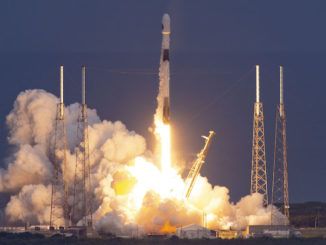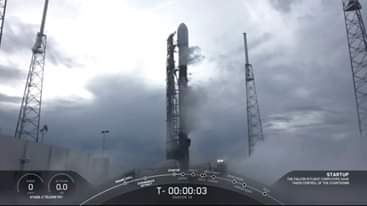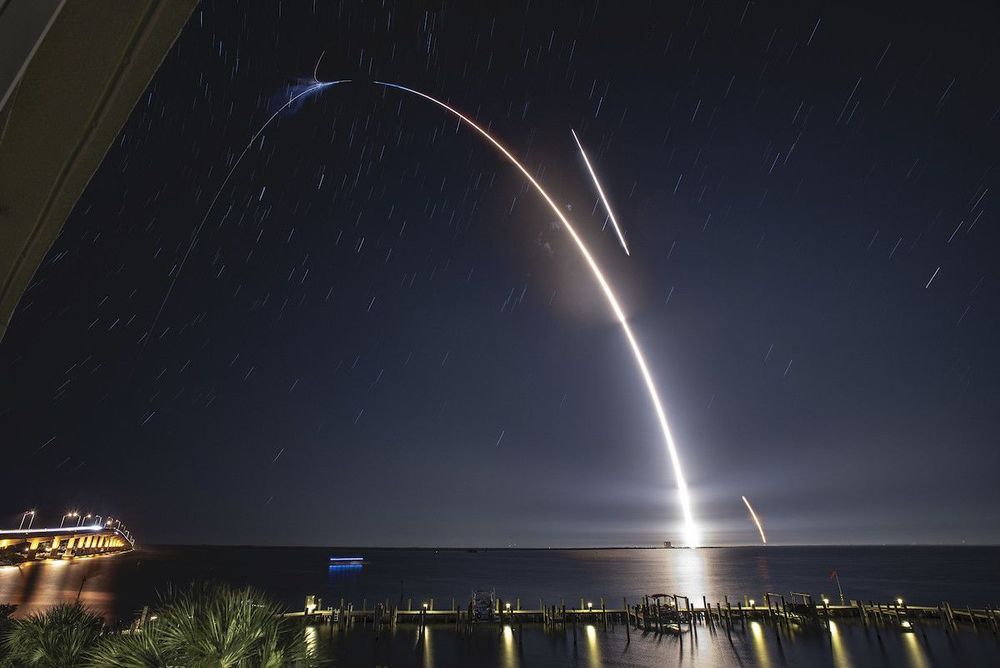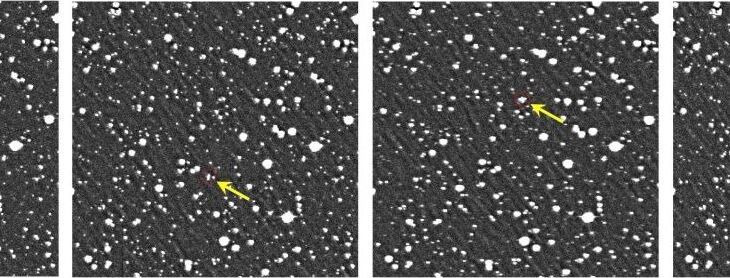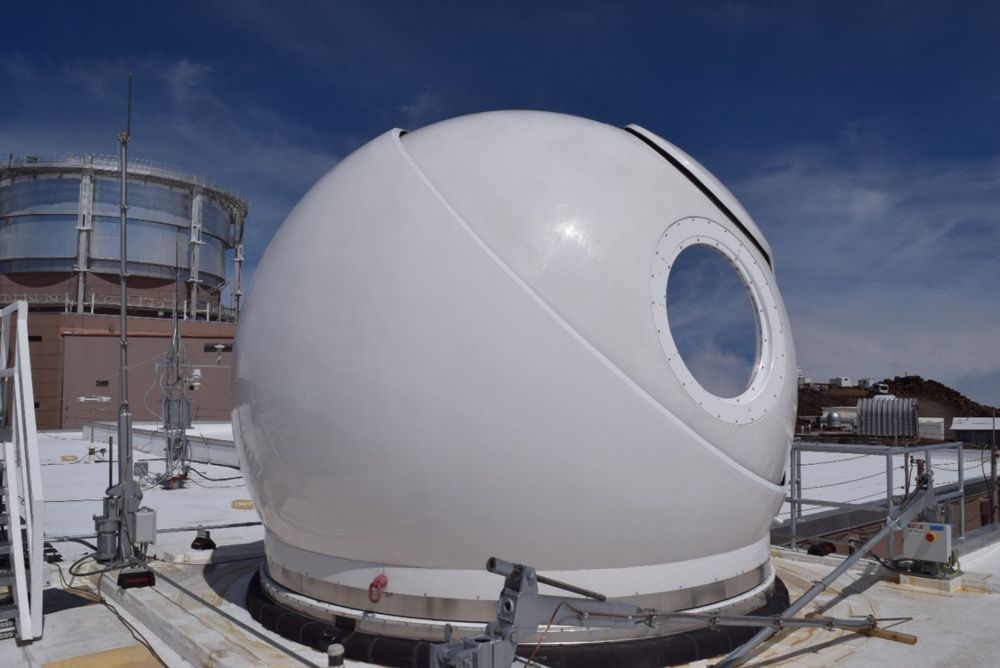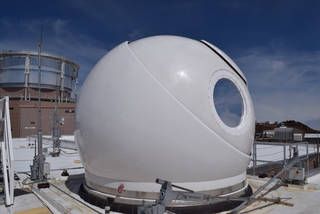Aug 31, 2020
SpaceX makes first polar orbit launch from Florida in ‘decades’
Posted by Genevieve Klien in category: satellites
While SpaceX didn’t pull off a doubleheader Sunday launch like it planned, the company still managed a rare feat. Instead of launching eastward like every other Cape Canaveral rocket, the Falcon 9 headed south toward Cuba, close to populated areas on Florida’s coast (via The Verge). The “SAOCOM 1B” mission marks the first such “polar launch” from Florida since 1969, made possible by a special Air Force exemption for SpaceX.
Satellites bound for polar orbits (where a satellite passes over both the North and South Poles), usually launch from Vandenberg Air Force base in California. That way, they can head due south directly over the ocean without passing over any populated areas. By contrast, flights from Florida always head east over open seas, as southbound flights have been off-limits due to the presence of cities like West Palm Beach below.


